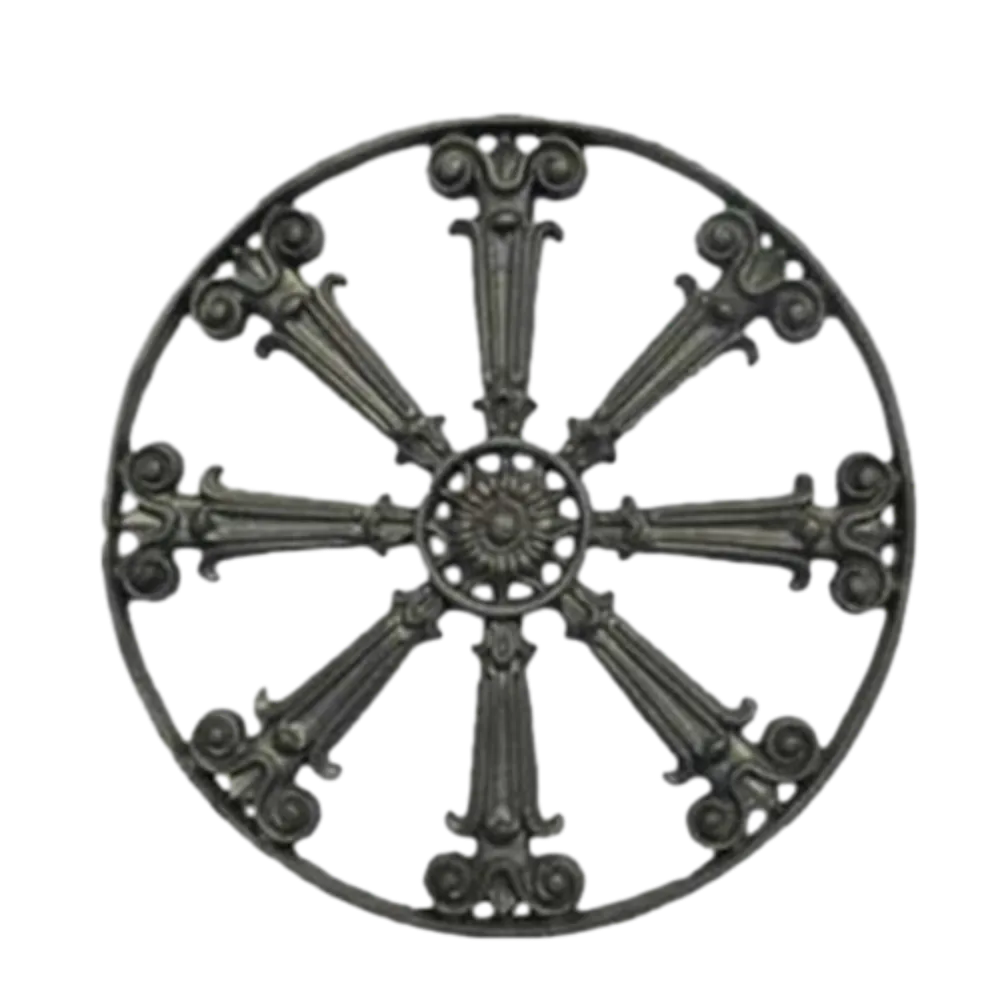sliding door rollers
Understanding Sliding Door Rollers The Key to Smooth Operation
Sliding doors are a popular choice for both residential and commercial spaces due to their space-saving design and modern aesthetics. However, one crucial element that often goes unnoticed is the sliding door roller mechanism. These rollers play a vital role in ensuring that sliding doors operate smoothly and efficiently. In this article, we will explore what sliding door rollers are, their types, how to maintain them, and why they are essential for the longevity of your sliding doors.
What Are Sliding Door Rollers?
Sliding door rollers are small but crucial components that allow a sliding door to move along its track. Typically made of durable materials like nylon, steel, or plastic, these rollers help the door glide open and closed with minimal resistance. When functioning properly, rollers enable easy access and can enhance the overall aesthetic appeal of your home or business.
Types of Sliding Door Rollers
There are several types of sliding door rollers that cater to different door styles and sizes
1. Internal Rollers These rollers are mounted within the door frame and are often used in interior sliding doors. They are designed to provide a seamless look and maintain the aesthetic integrity of your décor.
2. External Rollers As the name suggests, these rollers are mounted on the outside of the door. They are commonly employed in heavier or commercial-grade sliding doors that require more support.
3. Adjustable Rollers These rollers come with an adjustable mechanism that allows you to increase or decrease the height of the door. This feature is particularly useful for ensuring the door is level and operates smoothly despite settling or other changes in the doorframe.
4. Ball Bearing Rollers Designed for heavy-duty use, ball bearing rollers provide a smooth operation and are often used in commercial settings where doors must withstand frequent use and heavy loads.
sliding door rollers

Maintenance of Sliding Door Rollers
Proper maintenance of sliding door rollers can significantly extend the lifespan of your sliding doors. Here are a few tips for keeping your rollers in excellent condition
1. Regular Cleaning Over time, dirt and debris can accumulate in the track and on the rollers. Regularly clean the tracks with a soft brush or cloth and use a vacuum to remove any loose debris. Wipe the rollers themselves to remove any built-up grime.
2. Lubrication Apply a silicone-based lubricant to the rollers and tracks at least every six months. Avoid using oil-based lubricants, as they can attract more dirt and can cause the rollers to wear out faster.
3. Inspection Routinely check the rollers for any signs of wear and tear. If you notice that the door is sticking or the rollers are making noise, it might be time for a replacement.
4. Adjustments If your sliding door is not closing properly or is hanging unevenly, you may need to adjust the rollers. Most adjustable rollers have a screw mechanism that can easily be modified to level the door.
Why Sliding Door Rollers Matter
The significance of sliding door rollers extends beyond mere functionality. The smooth operation of your sliding doors can greatly affect the flow and accessibility of your living or working space. A malfunctioning door can lead to frustration, reduced accessibility, and even potential safety hazards. Moreover, well-maintained rollers can contribute to energy efficiency by ensuring a tight seal when the door is closed, which can help in temperature regulation.
In conclusion, while sliding door rollers may seem like a minor detail, they are an integral component of sliding door systems. Understanding the different types, maintaining them well, and addressing any issues promptly will ensure their smooth functionality. By taking care of these vital parts, you not only enhance the usability of your doors but also prolong their lifespan. So, the next time you slide that door open, take a moment to appreciate the essential role those small rollers play in your everyday life.
-
Wrought Iron Components: Timeless Elegance and Structural StrengthNewsJul.28,2025
-
Window Hardware Essentials: Rollers, Handles, and Locking SolutionsNewsJul.28,2025
-
Small Agricultural Processing Machines: Corn Threshers, Cassava Chippers, Grain Peelers & Chaff CuttersNewsJul.28,2025
-
Sliding Rollers: Smooth, Silent, and Built to LastNewsJul.28,2025
-
Cast Iron Stoves: Timeless Heating with Modern EfficiencyNewsJul.28,2025
-
Cast Iron Pipe and Fitting: Durable, Fire-Resistant Solutions for Plumbing and DrainageNewsJul.28,2025
-
 Wrought Iron Components: Timeless Elegance and Structural StrengthJul-28-2025Wrought Iron Components: Timeless Elegance and Structural Strength
Wrought Iron Components: Timeless Elegance and Structural StrengthJul-28-2025Wrought Iron Components: Timeless Elegance and Structural Strength -
 Window Hardware Essentials: Rollers, Handles, and Locking SolutionsJul-28-2025Window Hardware Essentials: Rollers, Handles, and Locking Solutions
Window Hardware Essentials: Rollers, Handles, and Locking SolutionsJul-28-2025Window Hardware Essentials: Rollers, Handles, and Locking Solutions -
 Small Agricultural Processing Machines: Corn Threshers, Cassava Chippers, Grain Peelers & Chaff CuttersJul-28-2025Small Agricultural Processing Machines: Corn Threshers, Cassava Chippers, Grain Peelers & Chaff Cutters
Small Agricultural Processing Machines: Corn Threshers, Cassava Chippers, Grain Peelers & Chaff CuttersJul-28-2025Small Agricultural Processing Machines: Corn Threshers, Cassava Chippers, Grain Peelers & Chaff Cutters












